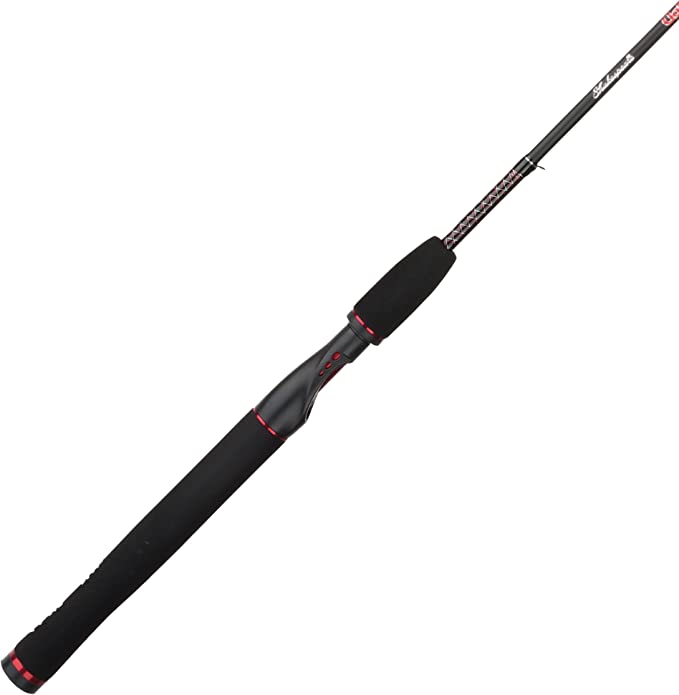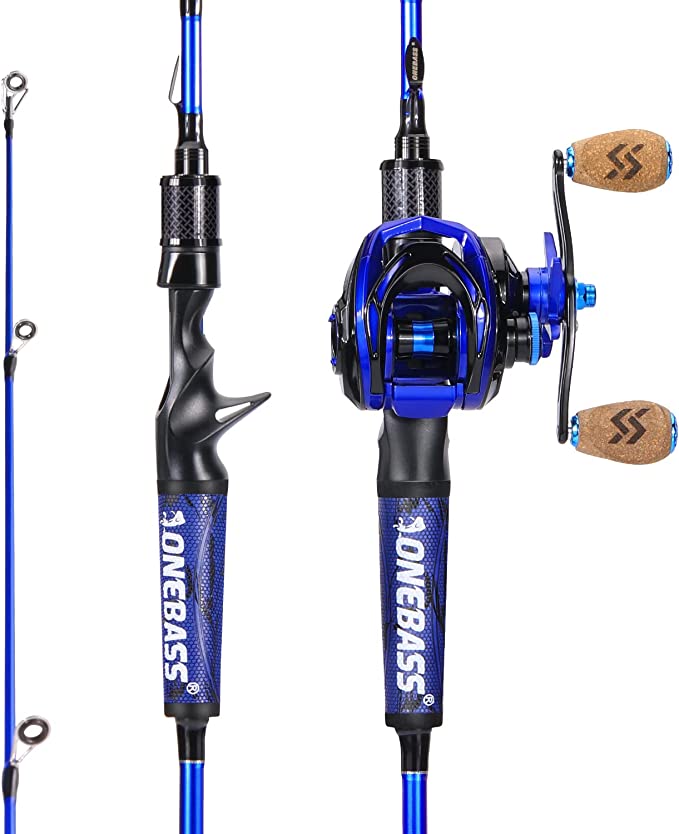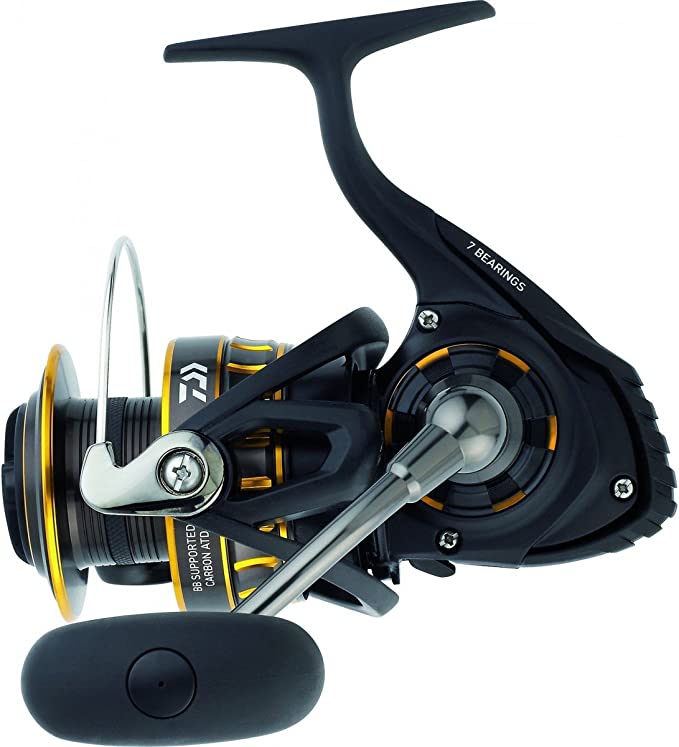Coleman PEAK1 2-Burner Camping Stove: Powerful & Portable Outdoor Cooking
Update on Sept. 15, 2025, 2:54 p.m.
A simple camp stove is a masterclass in physics, chemistry, and material science. Let’s take a look under the hood.
There’s a quiet magic to cooking outdoors. It’s in the rhythmic sizzle of onions in a pan that seems to harmonize with the crickets, or the robust scent of brewing coffee that mingles with the morning dew and pine. In these moments, the world feels elemental, stripped back to basics: fire, food, and the open sky.
But the device at the center of this ritual, the humble camping stove, is anything but basic. Have you ever paused, mid-stir, to consider the sheer density of scientific thought packed into that metal box? It’s easy to see it as a simple appliance, a portable gas burner. But that view misses the elegance of its design. This isn’t a product review. It’s a journey under the hood of a modern marvel of portable fire, using a well-engineered two-burner camp stove as our specimen. We’ll explore how it brilliantly solves the four fundamental challenges of taming a flame away from home: its Generation, its Transfer, its Stability, and its Control.

Generation: The Chemistry of a Perfect Flame
At its heart, a stove is a controlled chemical reaction. The fuel, typically Liquefied Petroleum Gas (LPG) like propane, is a dense package of chemical energy. When you turn the knob, you’re not just releasing gas; you’re initiating a process of combustion. The goal isn’t just to make fire, but to make the right kind of fire.
Most high-performance stoves are rated in BTUs, or British Thermal Units. Our example stove boasts a powerful 20,000 BTU output. While it sounds like marketing jargon, a BTU is a precise unit of heat—the energy required to raise one pound of water by one degree Fahrenheit. Think of it as the horsepower of your stove’s engine. More BTUs mean a greater rate of energy release, which translates to boiling water faster and maintaining heat for searing, even on a cold day.
But power is useless without precision. The real genius lies in the stove’s burner. The chemical equation for perfect propane combustion is C₃H₈ + 5O₂ → 3CO₂ + 4H₂O + Heat. The key part of that recipe is the ratio of fuel to oxygen. Too little oxygen, and you get an inefficient, sooty, yellow flame that produces toxic carbon monoxide. Too much, and the flame can be blown out.
A well-designed burner, with its intricate patterns of “stair-stepping” levels and precisely drilled flame holes, acts like a sophisticated carburetor. Its sole purpose is to draw in the optimal amount of air and mix it perfectly with the propane before ignition. The result is a clean, stable, blue flame—the signature of complete and efficient combustion, converting the maximum amount of chemical energy into pure, usable heat.

Transfer: The Stubborn Virtue of Cast Iron
Generating heat is only half the battle. Now, you have to get that energy from the flame into your food. This is the domain of thermodynamics and material science, and it’s where the choice of materials becomes critical.
Heat moves in three ways: radiation (as infrared waves from the flame), convection (through the movement of hot air), and conduction (through direct contact). A camp stove uses all three, but the efficiency of conduction is largely determined by the grate that your pan rests on. Our specimen uses thick, heavy cast iron grates, and this is a deeply intentional engineering choice.
Compared to aluminum or steel, cast iron has a superpower: an incredibly high heat capacity. This means it can absorb and store a massive amount of thermal energy. It’s a thermal battery. While aluminum heats up almost instantly and creates scorching hot spots, cast iron heats slowly and evenly, distributing that stored energy across its entire surface. When you place a cold pan or a steak on it, it doesn’t flinch. It has so much thermal inertia that it maintains a consistent temperature, giving you a perfect, even sear instead of a burnt-and-raw patchwork.
Of course, this performance comes at a price: weight. Cast iron is heavy. The 10.5-pound weight of this stove is a direct consequence of prioritizing cooking performance over absolute portability. It’s a classic engineering trade-off. The designers chose the stubborn, heat-hoarding virtue of iron, creating a portable kitchen anvil that cooks beautifully, betting that for car camping or a tailgate, a few extra pounds is a worthy sacrifice for a perfectly cooked meal.

Stability: Outsmarting the Wind with Physics
In a kitchen, the air is still. In the outdoors, it’s a chaotic dance of breezes and gusts. Wind is the nemesis of a camp stove; it attacks the flame, disrupts the tidy plume of heat, and leaches energy away through forced convection, drastically slowing down your cooking and wasting fuel.
To combat this, engineers turn to fluid dynamics. The pan supports on this stove are more than just a place to set your pot. Their height, shape, and placement are designed to act as an integrated windscreen. As wind flows towards the stove, these supports disrupt the airflow, creating a small pocket of calmer, slower-moving air—a boundary layer—right where the burner needs it most.
Think of a large rock in a fast-moving stream. Directly behind the rock, the water is calmer, swirling gently. The pan support does the same for the “stream” of wind. This design is an elegant compromise. It provides crucial protection without the bulk of the large, folding metal walls found on older stoves, keeping the cooking surface open and accessible. While a strong crosswind might still prove challenging, this application of aerodynamic principles provides a robust first line of defense, ensuring the flame stays stable and the heat goes into your pot, not into the passing breeze.
Control: The Spark of Genius in a Crystal
Finally, every fire needs a spark. For decades, this meant fumbling with damp matches or a finicky lighter. The rotary knob on our stove, however, ignites with a satisfying click, thanks to one of the most elegant principles in solid-state physics: the piezoelectric effect.
Discovered in 1880 by brothers Jacques and Pierre Curie, the effect describes how certain crystalline materials, like quartz, generate an electric voltage when placed under mechanical stress. Inside the stove’s ignition mechanism is a tiny piezoelectric crystal. When you turn the knob, a small, spring-loaded hammer strikes the crystal. This sharp impact compresses the crystal lattice, forcing a separation of positive and negative charges to opposite faces.
This charge separation creates an instantaneous, high-voltage potential—often thousands of volts. The voltage is high enough to ionize the air in the small gap of the igniter, creating a bright, hot spark that reliably ignites the propane. That single click represents a fascinating energy conversion: from the mechanical energy of your hand, to the potential energy in the spring, to the kinetic energy of the hammer, to the electrical energy in the crystal, and finally, into the plasma of a spark. It is a masterpiece of solid-state engineering, a tiny lightning storm on command, offering perfect control over the very beginning of the fire.
So the next time you’re out there, listening to the sizzle of your dinner cooking under the stars, take a closer look at the tool in front of you. It’s not just a stove. It’s a beautifully orchestrated symphony of chemistry, physics, and engineering. It is a testament to our timeless quest to not just capture fire, but to understand, refine, and perfect its power, turning one of nature’s most elemental forces into the simple, profound joy of a warm meal, wherever we choose to roam.







































